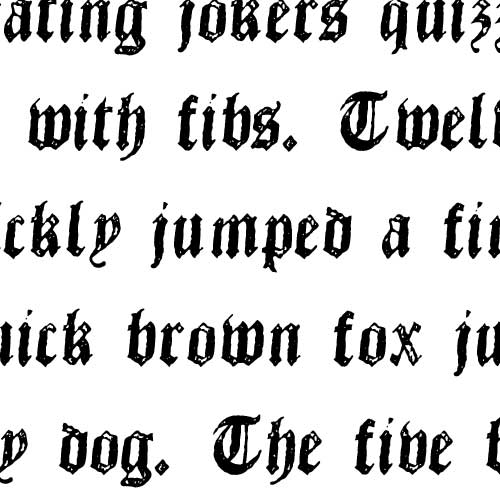

In the 1780s, two type designers- Firmin Didot in France and Giambattista Bodoni in Italy-created modern serifs with extreme contrast between strokes.

The downside was that it limited the amount of text that could fit on a single page, creating longer books that required more time to set up. Gutenberg’s letterforms were based on the Blackletter calligraphy that was used to write manuscripts. While arranging the letters for each page could take an entire day, the page could then be printed as many times as necessary from that single day’s work. He drew on movable type used in East Asia and screw-type presses being used by farmers in Europe to devise the idea for the first printing press.īecause Gutenberg was a goldsmith, he was able to create durable letter blocks that could be used over and over again. Gutenberg recognized that being able to mass-produce books quickly and cheaply was a lucrative prospect. Typeface history has largely been influenced by the availability of technology throughout the centuries, starting with Gutenberg’s press and continuing through digital typography advancements by designers in the 20th and 21st centuries. They were generally reserved for the elite, though growing literacy among the middle class increased their demand. However, before the invention of the printing press by Johannes Gutenberg in the mid-15th century, books were written by hand. It’s easy to take books and other printed material for granted.


 0 kommentar(er)
0 kommentar(er)
